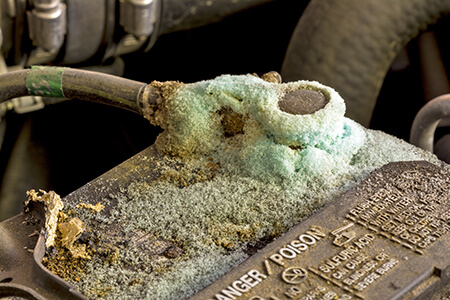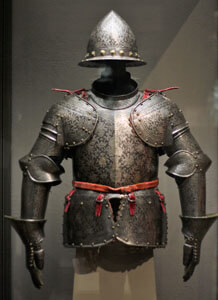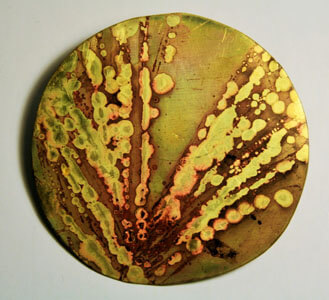This is a lesson summary. The full lesson can be viewed by purchasing an online course subscription.
Learning Objective
In this lesson we will learn about chemical reactions between acids and metals.
Learning Outcomes
By the end of this lesson you will be able to:
- Predict whether a chemical reaction between an acid and a metal will take place or not.
- Determine the products of chemical reactions between acids and metals.
- Describe how the hydrogen pop test can be used to confirm that a chemical reaction between an acid and a metal has taken place.

(Image: knowlesgallery, Adobe Stock)
Lesson Summary
- Acids react with most metals to form a salt and hydrogen, as shown by the following equation:
- Acid + Metal → Salt + Hydrogen
- Since the reactivity of different metals varies, some metals react vigorously with acids, some react slowly and some do not react at all.
- The reactivity series of metals, which lists metals from most reactive to least reactive, can be used to predict which metals will react with acids.
- Metals above hydrogen on the reactivity series will react with dilute acids.
- Metals below hydrogen on the reactivity series will not react with dilute acids.
- The hydrogen pop test can be used to confirm that a chemical reaction has taken place between an acid and a metal – a lit splint will ‘pop’ if placed in the presence of hydrogen gas.


Acids have been used for hundreds of years to create etchings and decorative patterns in metal.
(Images: G. McFly, Wikimedia Commons; Public Domian Pictures)
(Header image: mulderphoto, Adobe Stock)
